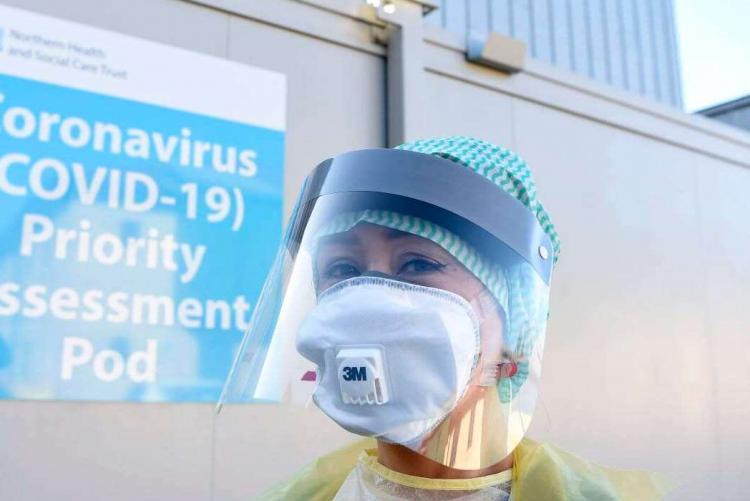Impact of the COVID-19 pandemic on healthcare workers
The COVID-19 pandemic has impacted healthcare professionals physically and psychologically. Healthcare workers are more vulnerable to COVID-19 infection than the general population because of being frequently in contact with affected individuals. Healthcare workers have been required to work under stressful conditions, without proper protective equipment and had to take difficult decisions involving ethical implications
Imagine waking up each day, knowing you are going into a environment that may probably endanger your life? What do you do, stay home and not do your job? For many health care workers that is not an option.
Health care workers are at a potentially high risk of contracting the virus. They are in an environment with prolonged exposure to patients that have it. The more this virus spreads, the more health care workers are in demand.
With a shortage in masks, gloves, PPE and face shields, many of them are having to re-use what they have available. Those masks are not easy to breathe in, they become hot and itchy after long use. While the virus continues to spread, so does the demand on doctors and nurses. Shortcomings of personal protective equipment have been reported from several countries. In China, inadequate staff training, shortage of PPEs, reduced understanding of PPE use and confused PPE guidance have resulted in infections and deaths among healthcare workers
They are stretched to their limits, with limited resources and limited staff. They have to social distance themselves from their own families as a safety precaution. The amount of emotional stress must be tremendous. Not to mention the long working hours, fatigue, physical and psychological violence, and occupational burnout.
. Daily routine for hospital staff consists of a list of things:
• Before clocking in we must have our temperature checked and answer questions related to cough and travel
• We must wear a cloth or surgical mask when entering the hospital, surgical mask in patient care areas and N95 when caring for possible or positive COVID-19 patients.
• We must follow the 1.5 metres distancing when possible
• All patients are screened prior to entering the facility and then directed to appropriate care areas.
• Only one entrance to facility for public, two for staff
• Hands must be washed prior to work. Increase in use of hand sanitizer when we must touch surfaces even in hallways that are not patient care areas
• A heightened awareness of the public presence in the facility
• No visitation policy, which puts a greater emotional presence on the staff treating the patients and residents.
• Use of I-pads to keep patients and residents in touch with family when possible
• Staff are encouraged not to wear scrubs outside of the hospital.
Psychological impact
A study from Singapore showed that healthcare workers caring for patients with COVID-19 reported anxiety, depression and stress. Increasing work demands on healthcare professionals conflict with their duties to family and friends, which causes psychological stress.Healthcare professionals reported being anxious about having to self-isolate, quarantine or becoming ill. For healthcare workers, being quarantined was positively associated with minimising direct contact with patients and not reporting to work
Recommendations
The World Health Organization has given the following key recommendations to decrease the spread of COVID-19 among healthcare workers:
- Training healthcare workers to identify respiratory diseases
- Providing increased access to personal protective equipment (PPE)
- Providing psychological support to health workers
- Routinely conducting hospital surveillance
- Recognizing that every healthcare system can have gaps
- Log in to post comments

